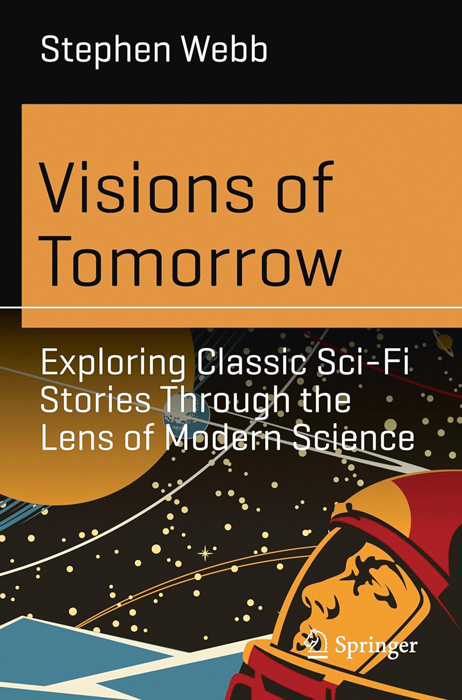Few science-fiction authors consider themselves futurologists. They might admit to warning us of possible dystopias, or tantalising us with dreams of utopia, but not many claim to predict the future. Indeed, Isaac Asimov, one of the ‘Big Three’ sci-fi writers of the mid-20th century, entirely disavowed his own powers of prophecy. He recounted how his short story Everest, which predicted no climber would conquer that mountain, was published seven months after Hillary and Tenzing reached the summit. And yet, on occasion, authors can demonstrate an almost uncanny ability to peer through the fog and extract lucid visions of tomorrow.
In a 1964 interview for the BBC’s Horizon program, another of the ‘Big Three’, Arthur C Clarke, said: “I’m perfectly serious when I suggest that one day we may have brain surgeons in Edinburgh operating on patients in New Zealand.” He expanded on this in his 1975 novel Imperial Earth, in which the protagonist explains the risks of telesurgery over a network experiencing high latency: “A half-second lag would not matter in conversation; but between a surgeon’s hand and eye, it might be fatal.”
- The Quatermass Experiment at 70: The show that invented modern TV
- The governments who called on sci-fi writers to predict the future
- From Star Wars to David Lynch: How my obsession with obscure 80s films rewired my tiny brain
Clarke’s vision became reality in (fittingly) 2001, when a New York-based surgeon removed the gall bladder of a patient in Strasbourg, 6,200km away. A medical robot called ZEUS cut the patient’s flesh; the surgeon’s movements reached ZEUS across a network designed to minimise lag times.
Edward Bellamy, best known for his SF novel Looking Backward, provides another example of successful prediction with his 1898 short story With the Eyes Shut. Bellamy imagines the effect on society of a device called an “indispensable”. His characters use this “little box, not wholly unlike a case for a binocular glass”, to: listen to audiobooks, leave voicemail, tell the time, set calendar reminders, receive geolocation-based information… Bellamy foresaw our smartphone addiction.
His main misstep (other than the device’s name; but let’s face it, “indispensable” fits better than “smartphone”) involved physiology. He believed the device would lead to better posture, since “reading, writing and study [would no longer involve a] sedentary attitude with twisted spine and stooping shoulders”. Bellamy failed to predict “text neck” syndrome.
Perhaps the best example of SF soothsaying appears in Solution Unsatisfactory, a novelette by the third of the ‘Big Three’: Robert Heinlein. (Yes, all three were white, male anglophones. The field has since diversified.) Heinlein wrote the story in December 1940. It’s worth pausing to recall the world situation as he worked: London suffered a firestorm in one of the largest raids of the Blitz; the Soviet Union pondered whether to join the Axis Pact with Germany; and the public were blissfully unaware of nuclear weapons. Heinlein, Cassandra-like, saw beyond all that.






